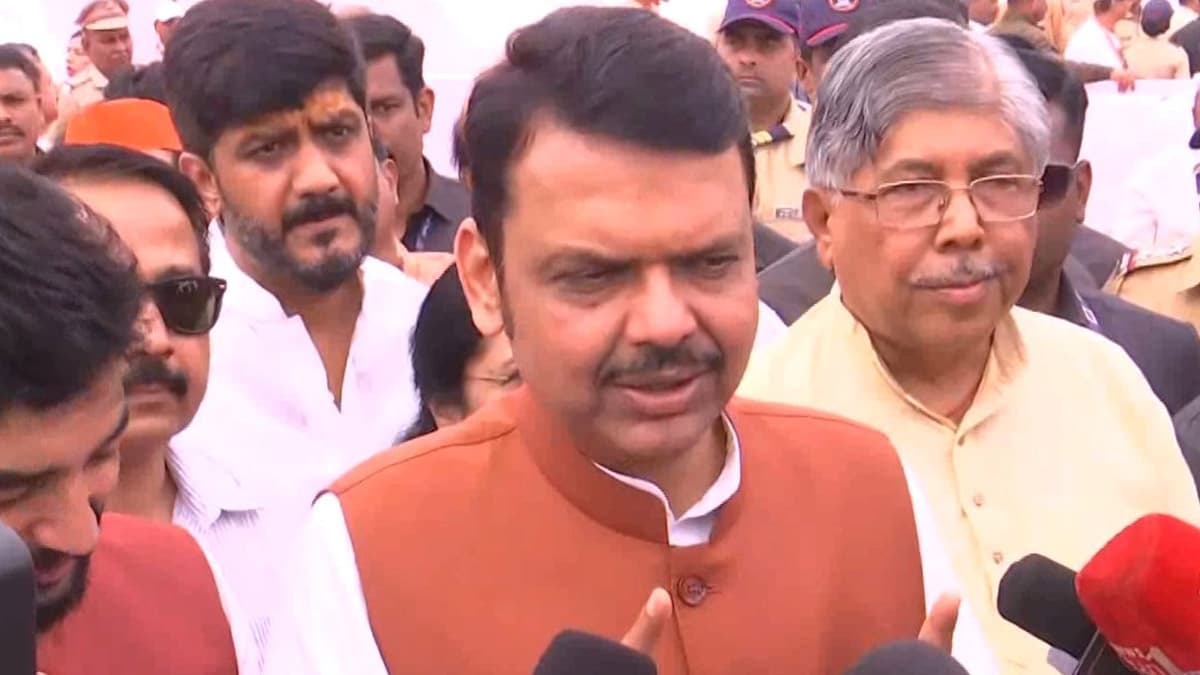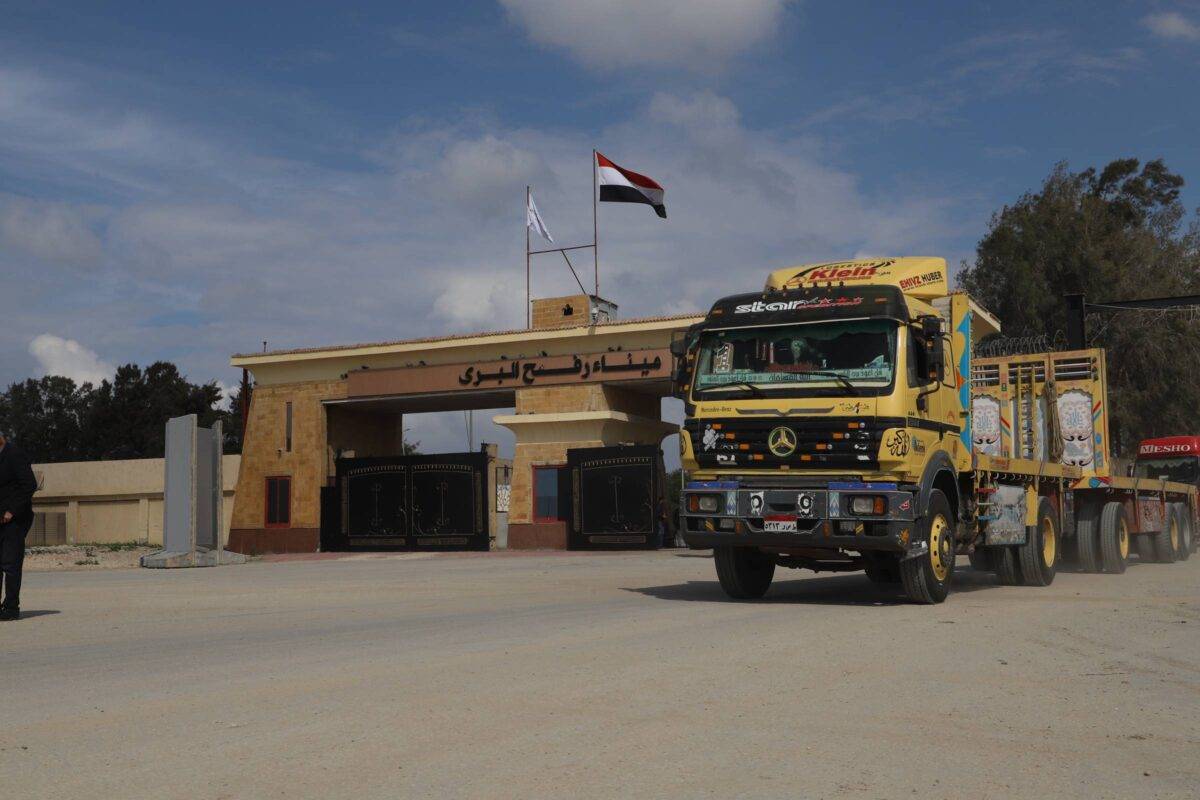
News| | Publish on
What does Israel’s control of Rafah mean for the future of the Gaza Strip?
For more than two weeks, the Israeli occupation army has been engaged in a multi-front ground operation, starting from Salah Al-Din Street — formerly known as the Netzarim Axis — in the centre of the Gaza Strip, expanding to encompass the entire city of Rafah and the eastern part of Khan Yunis in the south, before extending to the Shujaya district east of Gaza City, as well as Beit Hanoun and Beit Lahia in the north and the northern coastal strip of the territory. In a repeat of what the Israeli occupation army did in the north of the Gaza Strip in October last year under what was known as the “Generals’ Plan”, Haaretz has revealed the occupation army’s efforts […]

Image Source : https://www.middleeastmonitor.com/20250417-what-does-israels-control-of-rafah-m… , Used Under : CC BY 4.0



